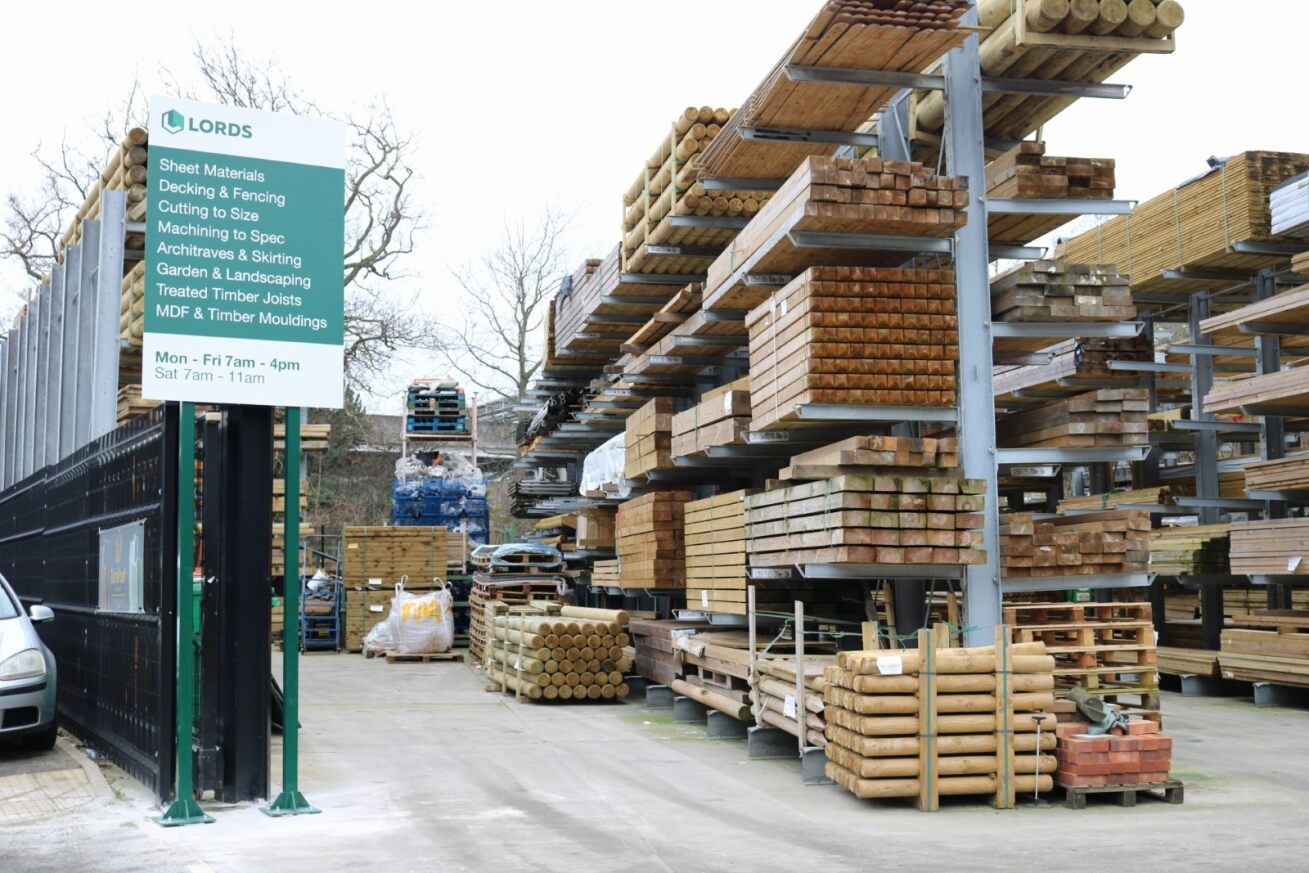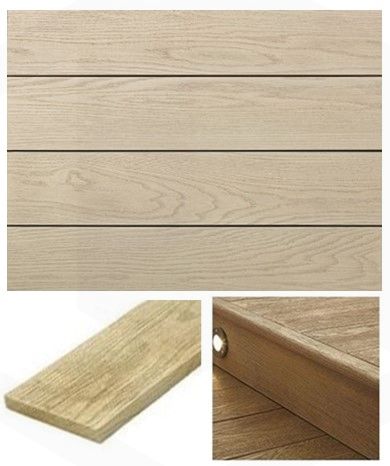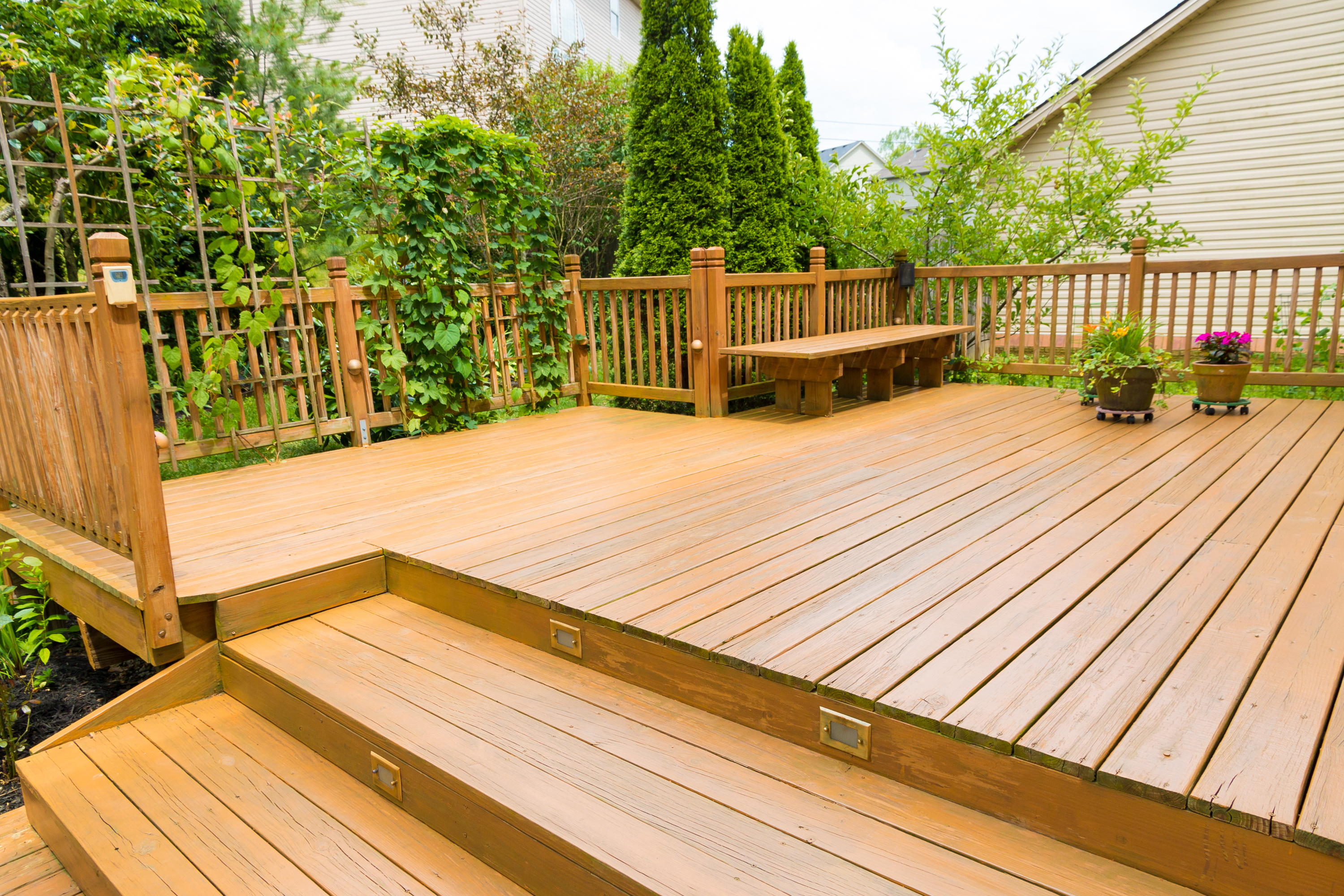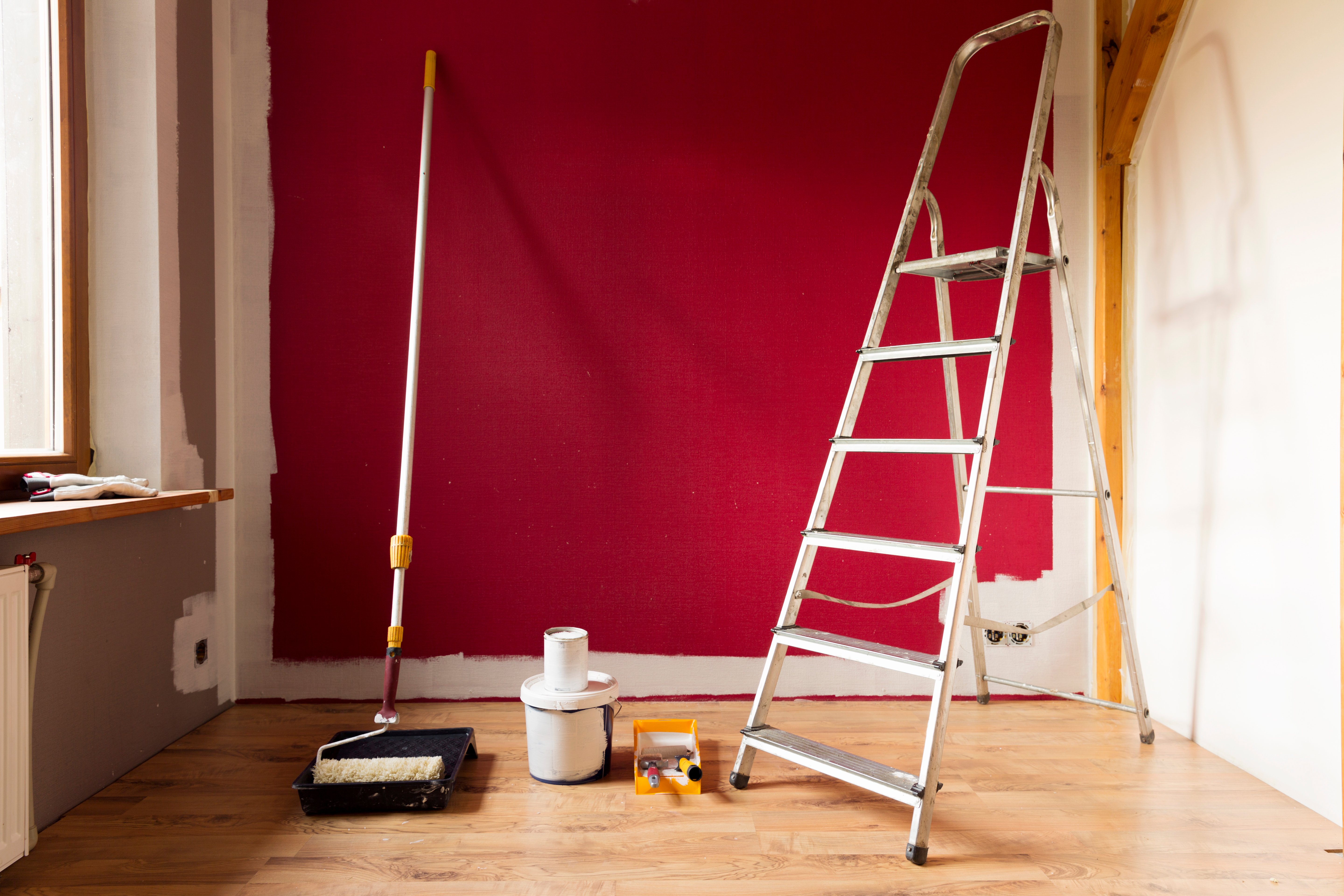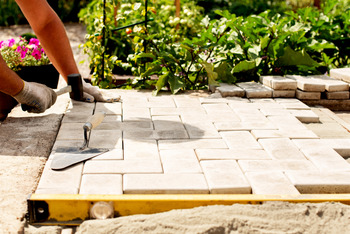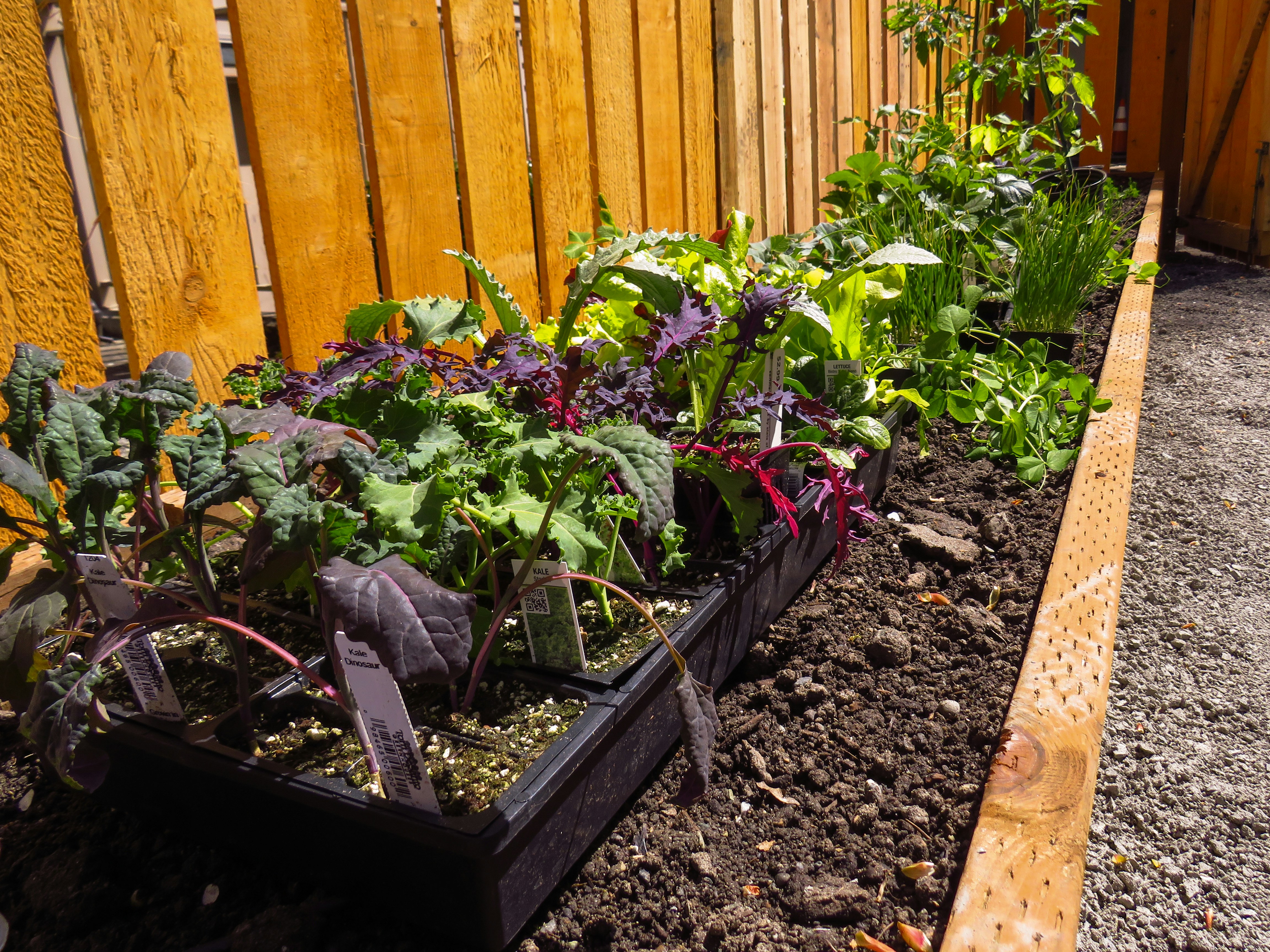Timber, a timeless and versatile material, has been a cornerstone in construction, furniture, and various industries for centuries. When it comes to timber, terms like "green" and "brown" are often used to describe different stages or treatments of the wood.
In this blog post, we delve into the nuances that distinguish green timber from brown timber, highlighting their characteristics, uses, and the impact of these distinctions on various applications.
Understanding Green Timber
Green timber refers to wood that has been freshly cut from the tree and hasn't undergone any drying or seasoning process. As a result, it contains a higher moisture content, making it more pliable and easier to work with during construction. Green timber is often recognized by its natural, light colour, and it may exhibit a certain level of flexibility.
Uses of Green Timber
Due to its inherent flexibility and ease of manipulation, green timber finds its place in various construction applications. It is commonly used for framing, temporary structures, and projects where the wood is expected to undergo additional drying or seasoning on-site. However, it's essential to note that green timber is susceptible to warping, shrinking, and checking as it dries.
The Transition to Brown Timber
Brown timber, on the other hand, is seasoned or dried wood that has undergone a controlled drying process to reduce its moisture content. This process enhances the stability and durability of the timber, making it less prone to deformation over time. Brown timber often adopts a darker hue compared to its green counterpart, acquiring a richer colour and a more refined appearance.
Advantages of Brown Timber
The seasoning or drying process offers several advantages to brown timber. It becomes more resistant to decay, insect infestation, and warping. The enhanced stability makes brown timber ideal for long-term construction projects, furniture making, and outdoor applications where exposure to the elements is a concern. Additionally, brown timber tends to exhibit improved strength and hardness.
Choosing the Right Timber for Your Project
The choice between green and brown timber ultimately depends on the specific requirements of your project. If flexibility and immediate workability are crucial, green timber may be the preferred option. However, for long-lasting structures, furniture, or outdoor applications, brown timber's enhanced durability and stability make it a more suitable choice.
In the vast world of timber, understanding the difference between green and brown timber is essential for making informed decisions in construction and woodworking projects. Each type has its unique characteristics and applications, catering to different needs and preferences. Whether you opt for the pliability of green timber or the durability of brown timber, appreciating the distinctions will undoubtedly contribute to the success of your endeavours.
Don’t forget to check out our fantastic range of Timber and sheet materials, also if you’re looking for specialist timber in a variety of lengths, check out the offer at our specialist timber branch in Hemel Hampstead.


